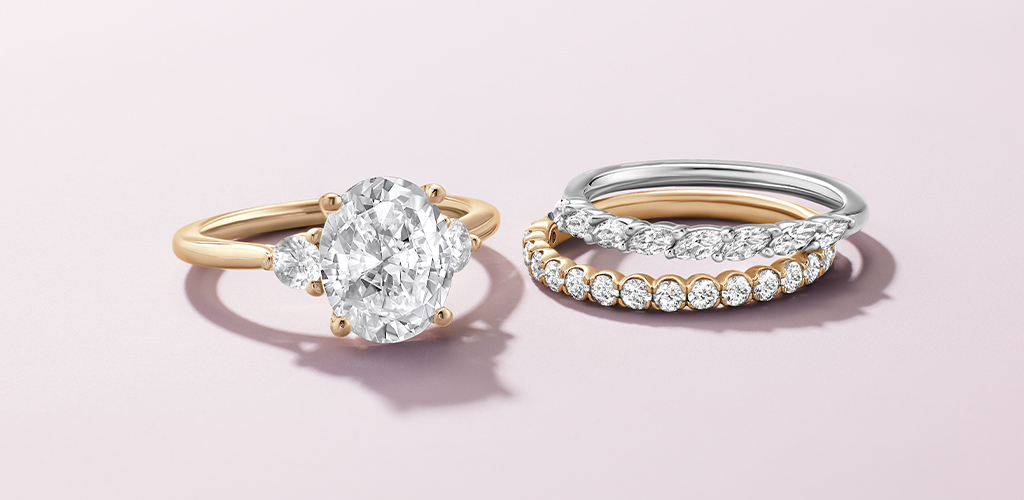
So, you’re diving into the world of rings, and not just any rings—engagement and wedding rings. Maybe you’re preparing for a proposal, gearing up for a wedding, or simply curious. Whatever your reason, understanding the differences between these two types of rings is important.
Let’s break down everything you need to know about engagement rings vs wedding rings.
An engagement ring is typically given during a marriage proposal. It’s a symbol of the promise to marry and often features a prominent gemstone, most commonly a diamond. Engagement rings are traditionally worn on the fourth finger of the left hand, which is believed to have a vein that runs directly to the heart.
Wedding rings, or wedding bands, are exchanged during the wedding ceremony. It’s a symbol of the marriage itself and is usually simpler in design compared to engagement rings. Wedding rings are worn by both partners and are also placed on the fourth finger of the left hand. Often engagement rings for women have a matching wedding ring to create a ring stack.
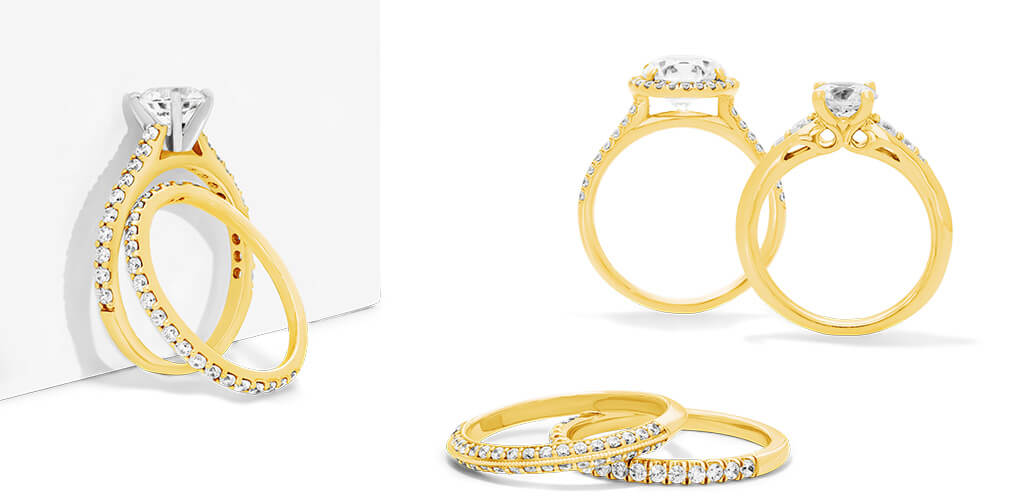
The tradition of engagement rings dates back to ancient Rome, where rings were used as a symbol of ownership. The modern tradition of diamond engagement rings started in 1477 when Archduke Maximilian of Austria gave a diamond ring to Mary of Burgundy. Nowadays, these rings are a common form of proposal, and engagement rings for men are becoming more popular.
Wedding rings have a history that spans thousands of years, with evidence of the practice in ancient Egypt. The circular shape of the ring represents eternity, and the space in the middle signifies a gateway or door.
In Western cultures, engagement rings are widely accepted and expected. However, in some cultures, such as in parts of Asia, engagement rings are less common, and other symbols of commitment might be used.
Wedding rings are more universally recognized across cultures. However, the materials and styles can vary greatly. For instance, in Jewish weddings, the ring must be a simple band with no stones.
Engagement rings often feature a central gemstone, typically a diamond, set in various styles. Some of the most popular are solitaire engagement rings and halo engagement rings. The band can be plain or adorned with smaller diamonds.
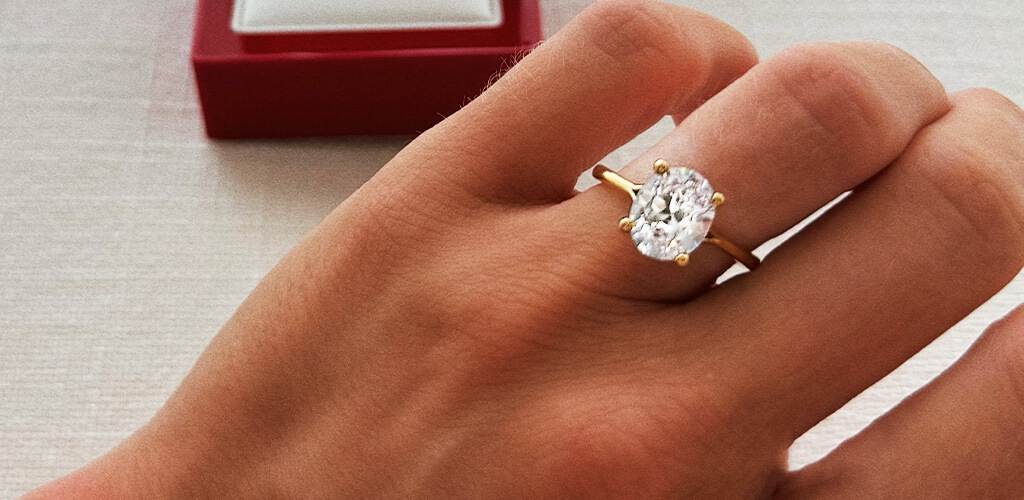
Wedding rings are usually simpler, often a plain metal band, although they can be embellished with diamonds or other gemstones. Matching sets for couples are also popular.
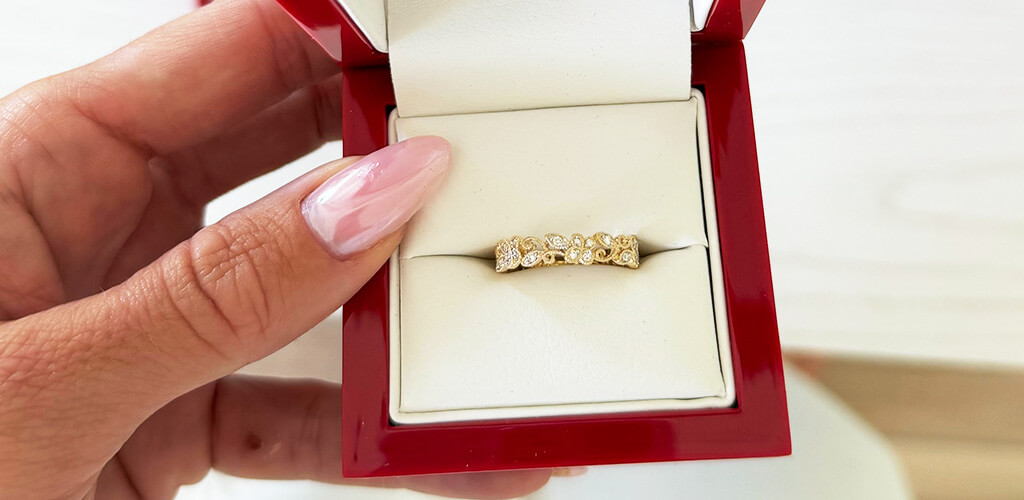
Engagement rings symbolize a promise of marriage and a deep commitment to another person. The diamond, being one of the hardest substances on earth, represents the unbreakable bond between partners.
Wedding rings symbolize the actual union of marriage. The continuous circle represents infinity and the eternal commitment made by the couple.
The engagement ring is given during the proposal. It’s often a surprise and a significant moment in the relationship.
Wedding rings are exchanged during the wedding ceremony. Both partners place the rings on each other’s fingers, symbolizing their vows.
Engagement rings are commonly made from gold, white gold, platinum, or palladium. Diamonds are the traditional gemstone, but sapphires, emeralds, and other stones are also popular.
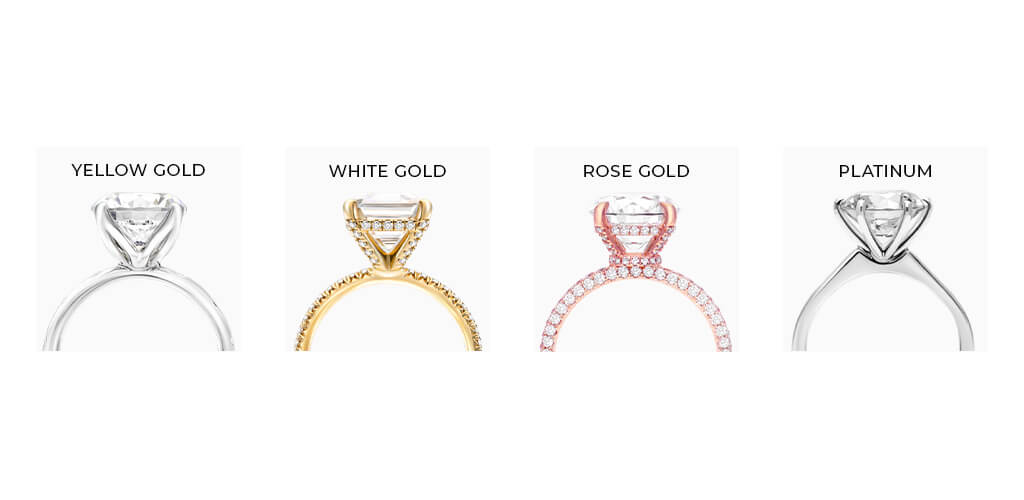
Wedding rings are typically made from gold, white gold, platinum, or titanium. They can be plain or set with small diamonds or other gemstones for added sparkle.
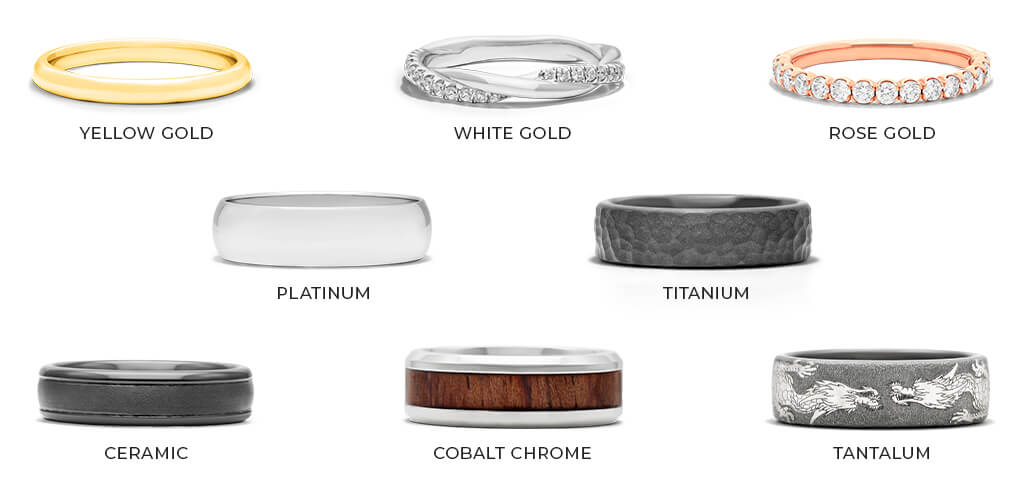
Engagement rings can be quite expensive, with the average cost in the US ranging from $2,000 to $6,000, although many spend much more depending on the size and quality of the diamond.
Wedding rings are generally less expensive than engagement rings. The average cost for a wedding band ranges from $200 to $1,000, but this can increase with added diamonds or custom designs.
When choosing an engagement ring, consider the 4 Cs—cut, clarity, color, and carat weight of the diamond. Also, take into account your partner’s style and preferences.
For wedding rings, comfort is key since it will be worn daily. Consider the metal type, width, and whether you want a matching set with your partner. Personalization, such as engravings, can add a special touch.
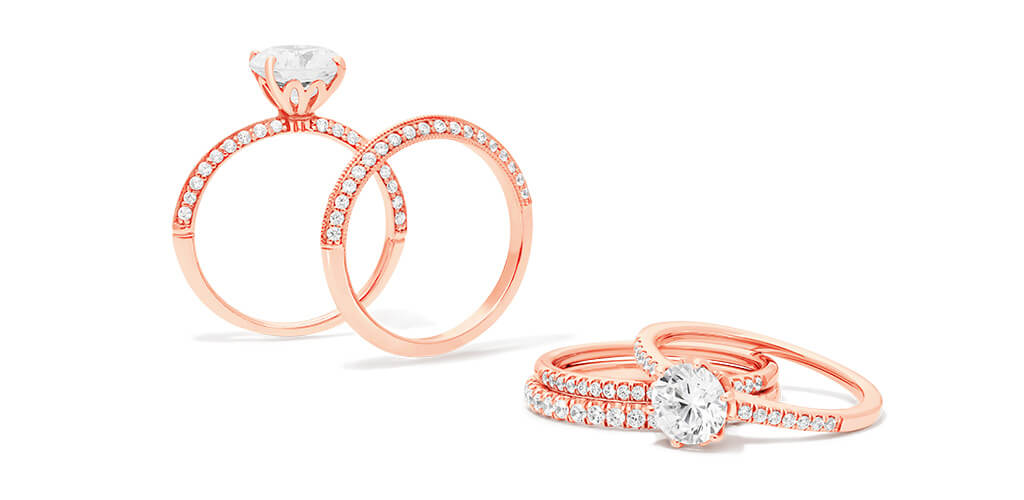
Many jewelers offer customization options for engagement rings. This can include selecting a unique diamond shape, adding side stones, or choosing a distinctive setting style.
Wedding rings can be personalized with engravings of names, dates, or meaningful phrases. Some couples choose to design matching rings that reflect their shared style.
Solitaire and pave settings, colored gemstones, and vintage-inspired designs are currently trending in engagement rings. Many are also opting for unique, custom-designed rings.
For wedding rings, stacked bands, mixed metals, and minimalist designs are popular. There’s also a growing trend for eco-friendly and ethically sourced materials.
Engagement rings should be cleaned regularly to maintain their sparkle. Avoid wearing them during activities that could damage the stone or setting. Periodic professional cleanings and inspections are recommended.
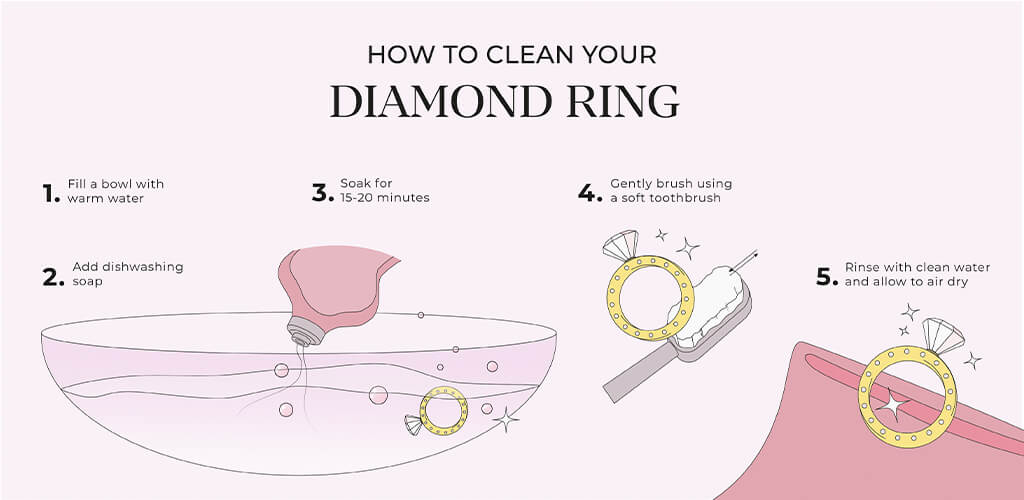
Wedding rings require regular cleaning, especially if they have gemstones. Simple metal bands can be cleaned with mild soap and water. It’s also advisable to remove the ring when engaging in activities that could cause scratches.
Understanding the difference between engagement rings and wedding rings helps in making informed decisions. Engagement rings mark the promise of marriage, while wedding rings symbolize the union. Both are steeped in tradition, rich in symbolism, and designed to be cherished forever.
Not usually. The sizes of wedding rings and engagement rings can vary, but they are often similar in size.
Yes, you can use an engagement ring as a wedding ring if you prefer.
The engagement ring is given during the proposal, symbolizing the promise to marry, while the wedding ring is exchanged during the ceremony, symbolizing the actual marriage.
Yes, some people choose to wear their engagement ring as their wedding ring, although traditionally, they are separate pieces of jewelry.
In some cultures and modern practices, men do wear engagement rings, but it is not as common as it is for women.
Traditionally, the wedding ring is worn on the fourth finger of the left hand, and the engagement ring is stacked on top of it. However, preferences can vary.
Absolutely! Many couples choose to upgrade their rings for anniversaries or other significant milestones.